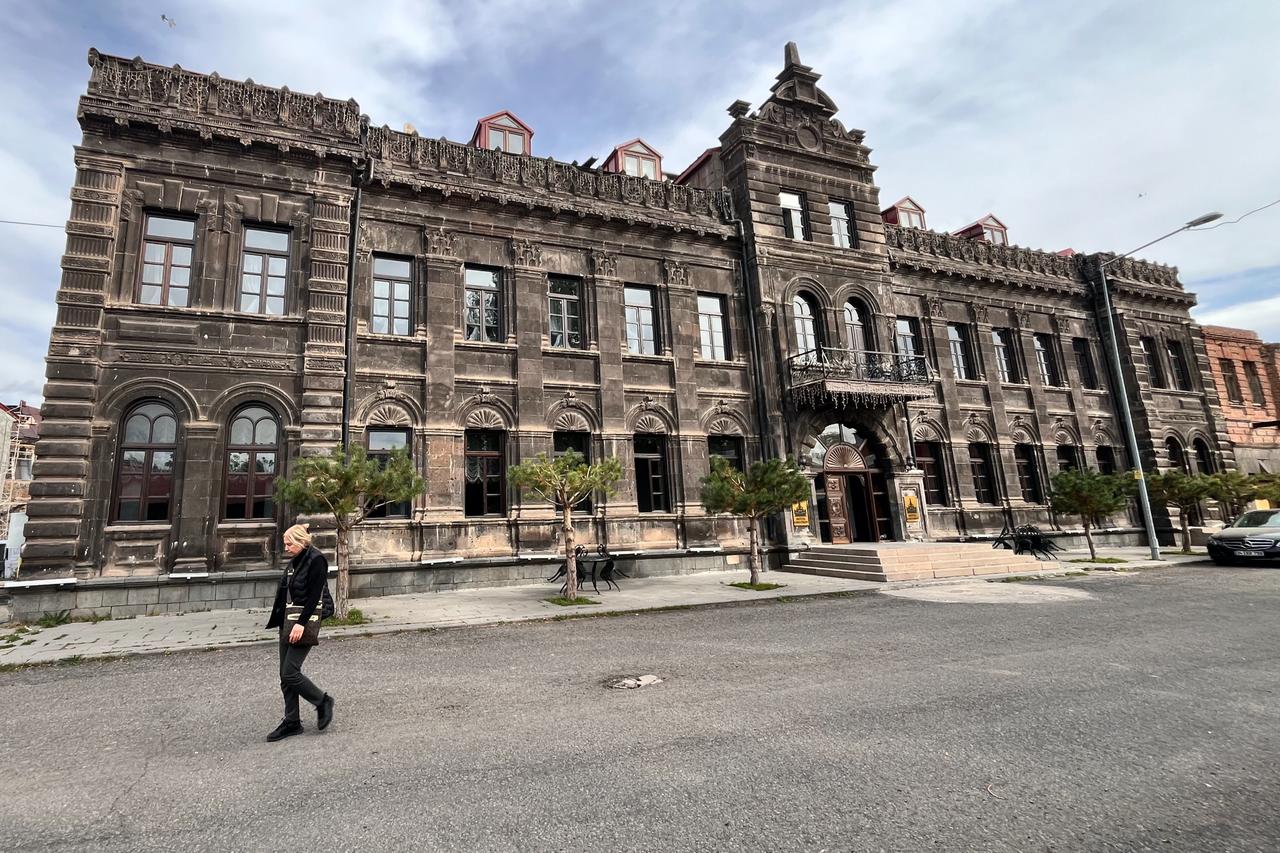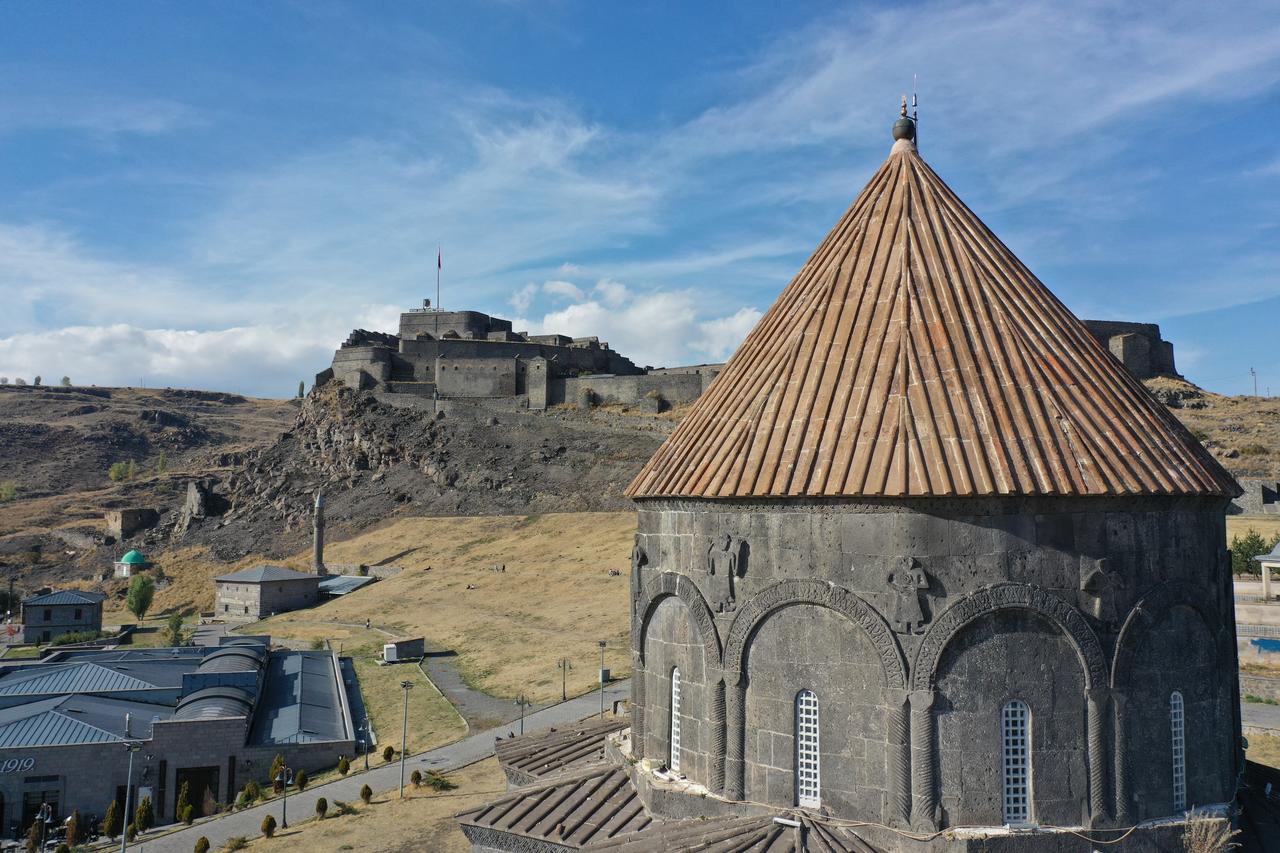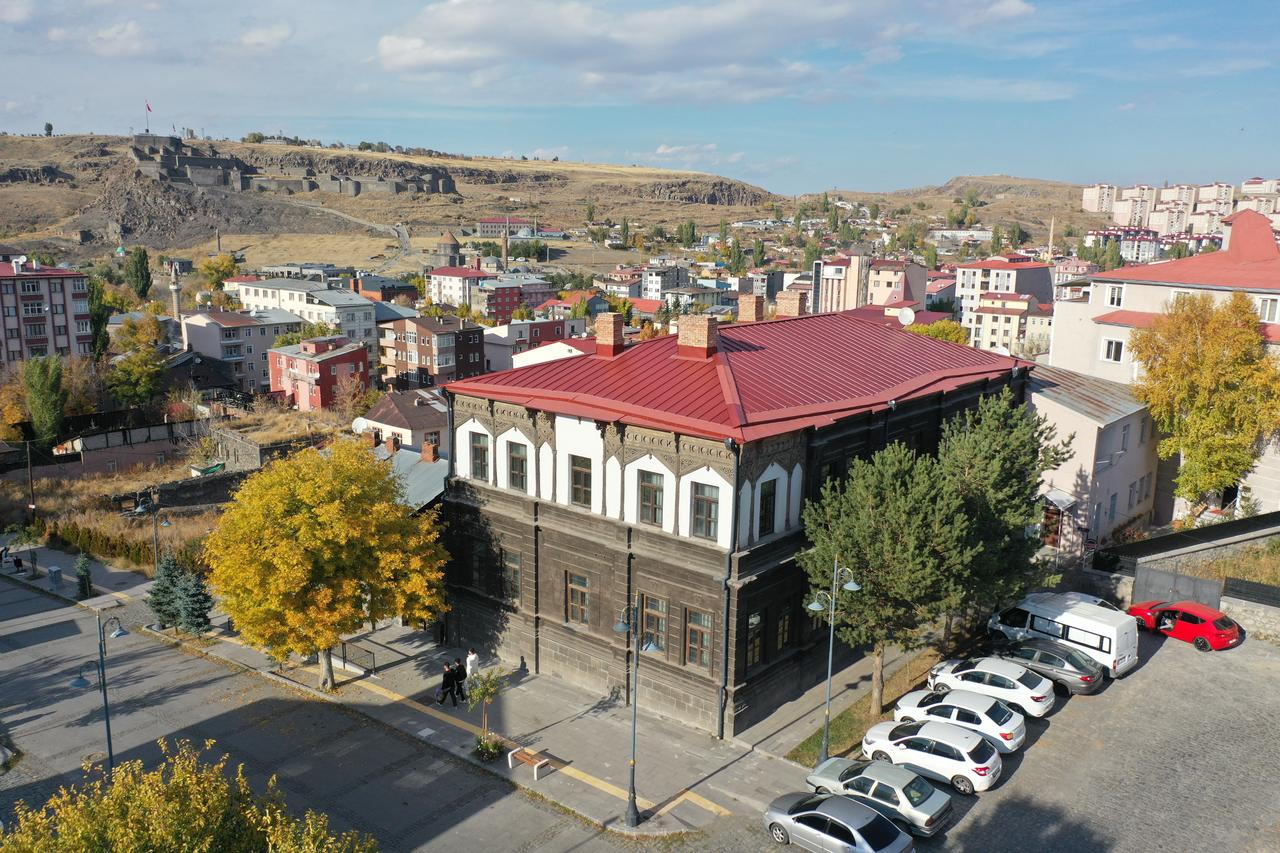
Kars, known as “Gazi Kars” for its medal of gallantry, is winning over culture-minded visitors with a rare ensemble of roughly 170 Baltic-style buildings.
The city’s distinctive grid of streets in Yusufpasa, Ortakapi and Cumhuriyet took shape after the 1877–78 Ottoman-Russian War, when Russian authorities planned a new “military city” and assigned architects brought from the Netherlands in the 1880s to build in a style seen around the Baltic Sea.
Officials stress that Russians arrived with a permanent vision and set out to remake Kars in line with their own architectural taste.
Constructed largely from precisely cut basalt, the buildings are mostly single story, with a few rising to three floors.
Facades feature false columns and stone reliefs, while interiors typically organize salons and rooms along a long central corridor.
A hallmark is the pec—a fireplace-like heating unit that warmed homes in the harsh eastern winters.
Today, the protected stock is split between private ownership and public use, with notable examples serving as the Governor’s Mansion, the Azerbaijan Consulate, the Provincial Health Directorate, the Chamber of Commerce and Industry, the Kafkas University (KAU) State Conservatory, the tax office and a hotel.

Domestic and international travelers who come for the Ani Archaeological Site, Kars Castle, and landmark mosques and baths now routinely add the Baltic-style quarters to their itineraries.
Recent seasons have brought steady interest from Iran, Russia, Germany, the United Kingdom, and France, with guides noting that many visitors refuse to leave without seeing these streets.
Under the “Kars with its Historic Identity” project—prepared by the Serhat Development Agency (SERKA), financed by the EU’s Instrument for Pre-Accession Assistance, and run within the Ministry of Industry and Technology’s Competitive Sectors Program—32 historic buildings received facade improvements.
With a budget of about €5.5 million, teams repaved Haydar Aliyev Avenue and its sidewalks in basalt, stripped paint and plaster to expose original stone, polished facades for protection, restored or replaced wooden doors and windows in period style, and repaired or renewed roofs where needed.
Twenty-three of the upgraded properties are registered monuments, and nine are unregistered structures.
The completed works have been transferred to the municipality.

Officials underline that around 170 Baltic-style buildings remain in active use, from homes to institutions and hospitality venues.
They add that since 2015, rising interest in the Dogu Ekspresi—a popular rail route—has helped turn these streets and courtyards into restaurants, exhibition spaces, and hotels that draw both casual visitors and photographers, especially in autumn and winter.
Cultural experts describe Baltic architecture as a cornerstone of Kars’s tourism appeal, noting how visitors respond to the stories behind the stonework as much as to the look of the buildings themselves.
SERKA’s leadership says Kars “resembles a Russian city” thanks to its Baltic-style stock and explains that Russian planners aimed to build for permanence.
They note, “Our goal is to protect this legacy and carry it into the future,” pointing to the avenue-scale renewal—about 700 meters along Haydar Aliyev Avenue—and to the careful return of facades to their original appearance.
Cultural specialists add that the built fabric sits alongside the city’s many layers of history, giving Kars a diversified draw that keeps visitors on the streets in every season.